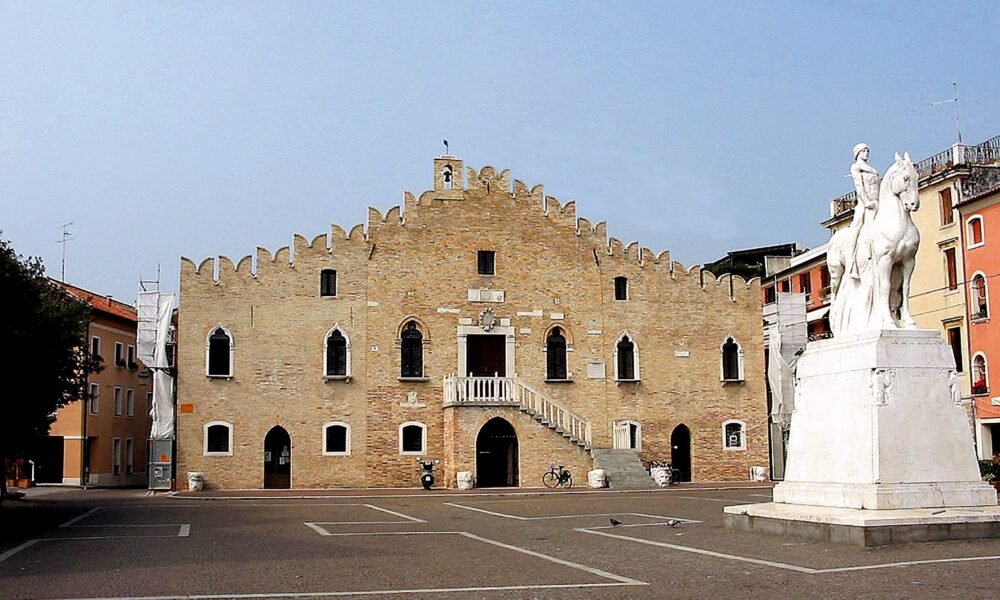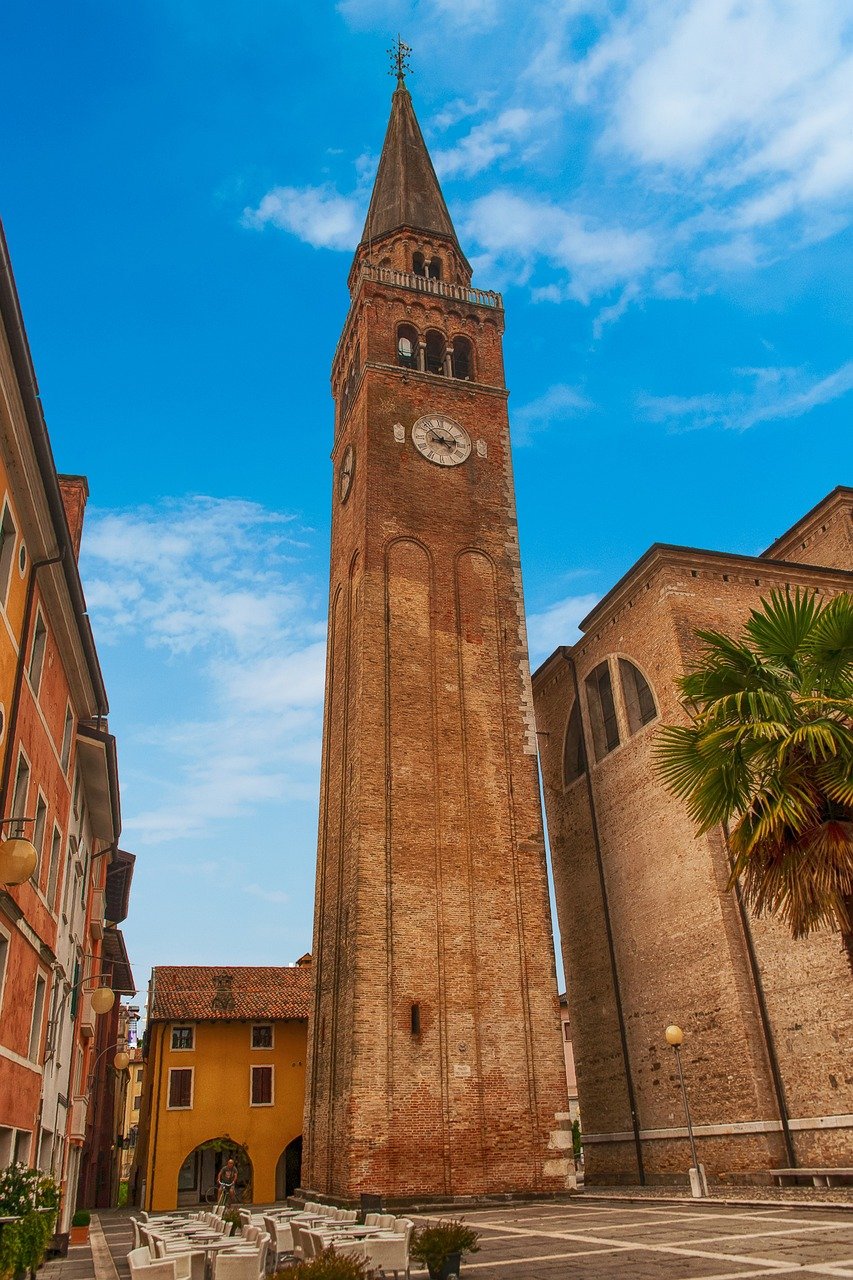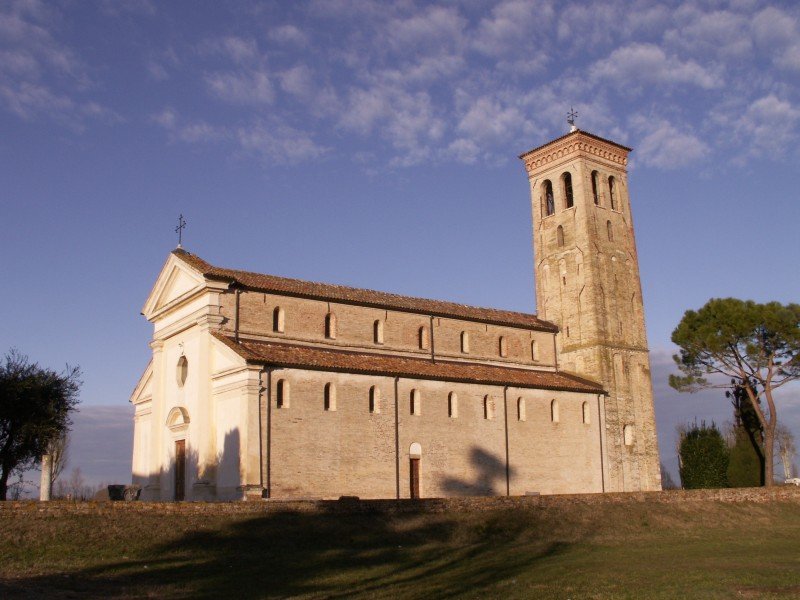A day in Portogruaro, the Little Venice of Eastern Veneto
Located just a few kilometers from the Friuli Venezia Giulia border, Portogruaro dates back to the Middle Ages. However, it was under the rule of the Serenissima (Venetian Republic) that the town truly flourished, becoming a thriving commercial hub and acquiring the refined appearance it still retains today.
A visit to Portogruaro offers moments of leisure—shopping in elegant boutiques, exploring museums and churches, and enjoying gourmet stops in typical local eateries.

9 things to see and do in Portogruaro
1. The City Gate Towers
The medieval town center was once surrounded by walls and moats (still visible in some areas), with access through five towers: San Gottardo, San Giovanni, Sant’Agnese, San Nicolò, and the tower leading to Summaga. Today, three of them remain.
The Sant’Agnese Tower is the only one open to the public: it houses the City Museum, which offers free admission. For opening hours, check the official website.

2. The Cathedral of Saint Andrew and the Leaning Bell Tower
The Duomo, dedicated to Saint Andrew, is a 19th-century three-nave church that houses important works by Pomponio Amalteo and Jacopo Negretti. Also noteworthy is the "San Tomaso Altarpiece" by Cima da Conegliano (the original is now at the British Museum).
Next to the church stands the leaning bell tower, 59 meters tall and one of the city’s most iconic symbols.
3. The Merloned Town Hall
Overlooking Piazza della Repubblica is the elegant Town Hall, with its characteristic Ghibelline battlements. Inside, you’ll find historical rooms and artworks by the renowned Futurist artist Luigi Russolo, who was born in Portogruaro.

4. The Mills and the Oratory of the Pescheria
On the banks of the Lemene rise the picturesque old mills, now home to the Ai Molini Municipal Gallery with free contemporary art exhibitions.
A short walk away, the 17th-century Oratory of the Madonna della Pescheria is dedicated to the patron saint of fishermen and is the focal point of the religious celebration held on August 15th.
5. The Concordiese Archaeological Museum
This museum showcases a valuable collection of Roman artifacts from nearby Concordia Sagittaria. The building, reminiscent of a paleo-Christian basilica, contains statues, mosaics, inscriptions, and everyday objects from the ancient Roman colony.
6. The Thursday Market
Every Thursday, the town center comes alive with the weekly market—an ideal opportunity to browse stalls selling local products, clothing, and accessories while enjoying a bit of cultural discovery.

7. The Basilica of Summaga
Just a few kilometers from the center, the village of Summaga is home to a splendid abbey dating back to the 10th–11th centuries. The church features three naves, original apses, and beautifully restored frescoes of great historical and artistic value.
8. Concordia Sagittaria
Easily reachable on foot or by bike via a cycle path along the Lemene, Concordia Sagittaria is a must-see for history lovers. Here, you’ll find a Roman archaeological area, baths, a villa, a theater, and an ancient early Christian basilica.
9. The Mills of Stalis and Boldara
For a nature-filled experience, follow the GiraLemene cycle paths to the Stalis and Boldara mills. Once used for grinding grain, today they are fine examples of rural industrial archaeology.
🚗 By car
Follow S.R. 354 towards Latisana. Before reaching Paludo, turn left onto Via Mauro and continue along the Tagliamento River until the traffic light. Turn left onto SS14 towards Portogruaro, then take the exit for Udine. At the intersection, turn left onto SP463 and follow signs for the city center.
🕒 Travel time: about 30 minutes.

